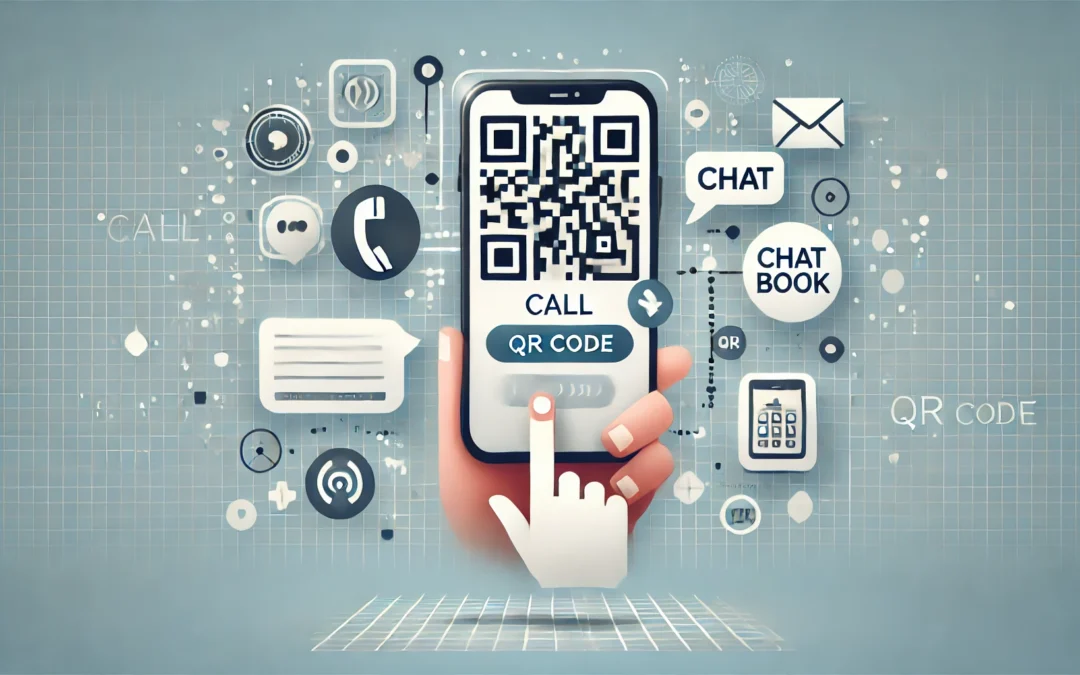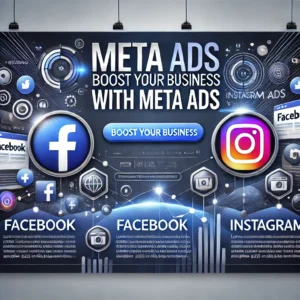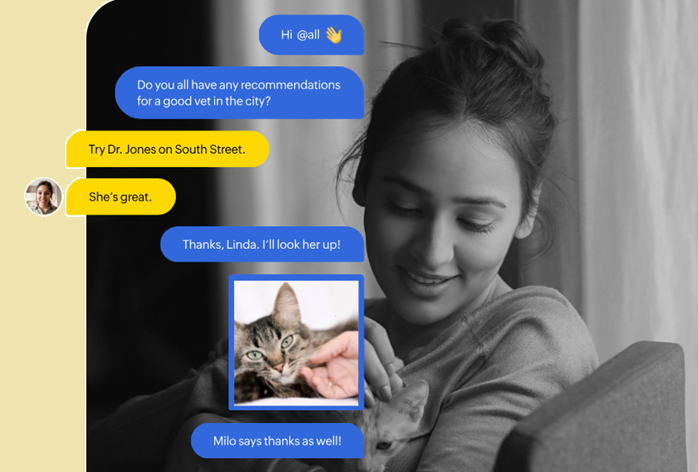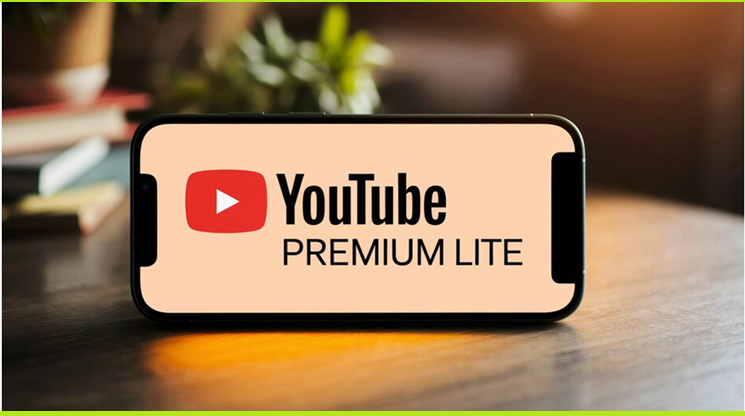In today’s fast-paced digital landscape, the need for quick and efficient communication tools is more critical than ever. One such innovative tool is the call QR code. This technology enables users to initiate phone calls with a simple scan, streamlining the process of connecting with businesses, emergency services, or personal contacts. This comprehensive guide will explore what call QR codes are, their benefits, use cases, and how to create them.
What is a Call QR Code?
A call QR code is a type of QR code specifically designed to store phone numbers. When scanned with a smartphone, it automatically prompts the device to dial the embedded number. This eliminates the need for manual input, making it a convenient option for various applications.
Benefits of Call QR Codes
- Effortless Connectivity: Users can initiate a call by scanning the QR code, bypassing the need to dial the number manually. This is particularly useful in high-pressure situations where time is of the essence, such as contacting emergency services.
- Enhanced User Experience: QR codes provide a seamless and user-friendly experience. They can be placed on business cards, promotional materials, or websites, making it easy for customers to reach you.
- Marketing Efficiency: Including a call QR code in marketing materials can significantly boost engagement rates. It allows potential customers to connect with your business instantly, increasing the likelihood of conversion.
- Error Reduction: By eliminating the need for manual number entry, QR codes reduce the risk of dialing errors, ensuring that calls are directed correctly every time.
Use Cases for Call QR Codes
- Business Cards: Adding a call QR code to your business card makes it simple for contacts to reach you, enhancing networking opportunities.
- Advertisements: Integrate QR codes in print ads, flyers, and posters to facilitate instant customer inquiries.
- Customer Service: Place QR codes on product packaging or user manuals to provide quick access to customer support lines.
- Events and Trade Shows: Use QR codes to capture leads by encouraging attendees to contact your sales team immediately.
- Emergency Services: QR codes can be a lifesaver in emergencies, providing quick access to critical contact numbers like police, fire departments, or medical services.
How to Create a Call QR Code
Creating a call QR code is straightforward, thanks to various online tools available. Here are the general steps:
- Choose a QR Code Generator: Select a reliable QR code generator. Some popular options include QR.io, Me-QR, QRStuff, and Visualead.
- Select Call QR Code Option: In the QR code generator, choose the option for creating a call QR code.
- Enter the Phone Number: Input the phone number you want the QR code to dial. Ensure the number includes the correct country code if applicable.
- Customize the QR Code: Most generators allow you to customize the QR code’s appearance. You can change colors, add logos, and choose different shapes to match your brand’s identity.
- Generate and Download: Once customized, generate the QR code and download it in your preferred format (PNG, SVG, etc.).
- Test the QR Code: Before using the QR code, test it with different devices to ensure it functions correctly.
Advanced Features of Call QR Codes
- Dynamic QR Codes: These allow you to update the phone number linked to the QR code without changing the QR code itself. This is useful for businesses that might change their contact numbers or wish to redirect calls based on specific campaigns.
- Analytics Tracking: Some QR code generators offer analytics features to track how often the QR code is scanned. This data can provide insights into customer engagement and help measure the effectiveness of marketing campaigns.
Best Practices for Using Call QR Codes
- Visibility and Placement: Ensure the QR code is placed prominently where it is easily visible and accessible to users.
- Clear Call-to-Action (CTA): Accompany the QR code with a clear CTA, such as “Scan to Call Us Now,” to encourage users to take action.
- Regular Testing: Periodically test the QR code to ensure it is still functioning and directing calls correctly.
- Educate Users: Provide brief instructions or visuals on how to scan the QR code, especially in regions where QR code usage might be less common.
Also Read: Luther, the Social Media Maven and Keezy.co: An Overview
Conclusion
Call QR codes represent a powerful tool for enhancing communication efficiency and improving customer experience. By integrating these codes into your marketing and customer service strategies, you can ensure quick, error-free connectivity that meets the demands of today’s fast-paced world. Whether for business or personal use, the simplicity and effectiveness of call QR codes make them an essential addition to your communication toolkit.





